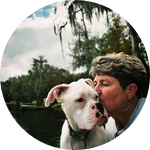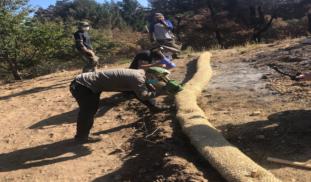Please wait...
About This Project
As Maui faces catastrophic contamination to soil and water due to recent devastating fires in Lahaina and Kula, locally-driven solutions to bioremediation - such as mycoremediation - are essential. A Maui middle school pilot program designed to accompany a larger myco-silt sock toxin absorbing research program will empower local youth to participate in research, expand their existing knowledge of bioremediation, and contribute their cultural and community knowledge to a more resilient Maui.
More Lab Notes From This Project

Browse Other Projects on Experiment
Related Projects
Urban Pollination: sustain native bees & urban crops
Bee activity on our crop flowers is crucial to human food security, but bees are also declining around the...
Wormfree World - Finding New Cures
Hookworms affect the lives of more than 400,000,000 men, women and children around the world. The most effective...
Viral Causes of Lung Cancer
We have special access to blood specimens collected from more than 9,000 cancer free people. These individuals...

